Hope and Practice
To celebrate Seed Savers Exchange's 50th anniversary, we are featuring the work and inspiration of Exchange listers in the "Hope and Practice" series.
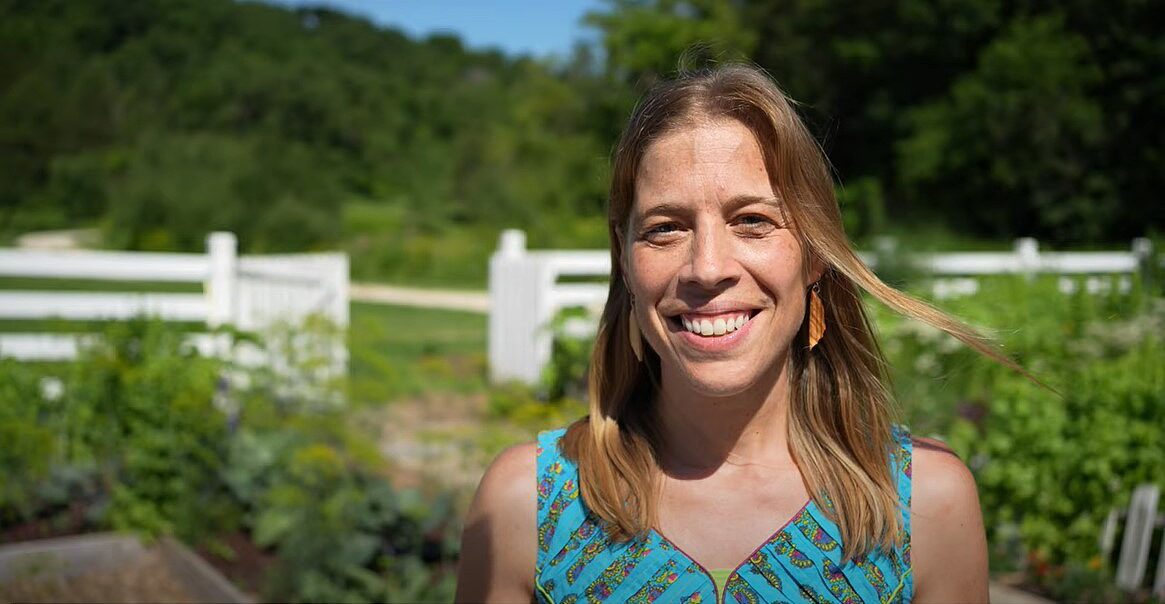
Jeanine Scheffert, an artist native to Decorah—and Seed Savers Exchange’s education and engagement director for nearly a decade—looks at a project (any project) like a canvas, full of opportunity and potential. Consider the environment, the context, she says, with its particular color and light.
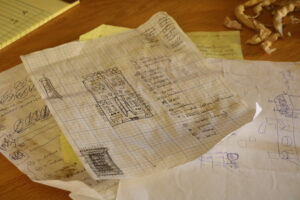
“My goal this year was to be surrounded by flowers,” she says, explaining the bounty of her 40-foot x 80-foot garden on a friend’s farm, just outside town. Cosmos, love-in-a-mist, calendula, sunflowers, kiss-me-over-the-garden-gate, zinnias, safflower, dahlias, nasturtiums, borage, sunchokes (she doesn’t even remember planting!)—all of it inspires her work as a painter and block-print maker. If you cultivate an environment that’s beautiful and diverse, she says, you’ll always have much to celebrate and in which to find inspiration.
The same goes for her experience in education and outreach at SSE, from 2013-24. As a Decorah native, she was familiar with SSE’s growth and impact, but it wasn’t until she spent intimate time at the farm, when her art was hosted at the Lillian Goldman Visitors Center as part of the Northeast Iowa Artists’ Studio Tour, that she felt the pull to put her energies into its mission.
“If I had to rank my favorite things about working at SSE,” she says, “I’d have to say first, it’s the land. It’s a great privilege to walk the woods of Heritage Farm and witness the many beautiful things growing, on the grounds and in nature, day by day.” Next, she says, are the many intelligent and passionate people who populate SSE’s ecosystem, including staff and its wider communities of seed advocates, gardeners, learners, and business leaders, all working to care for seeds.
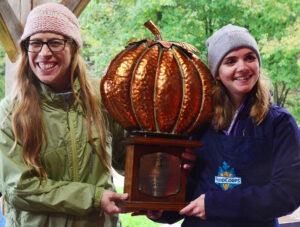
Although she was always a gardener at heart, Jeanine says, she didn’t have a sense for the interconnectedness of the gardening world until she herself joined the Exchange as an SSE staffer. Within three years, she was successfully listing and sharing her personal favorites, including ‘Good Mother Stallard’ bean and ‘Potimarron’ squash.
“Joining the Exchange can be a doorway to understanding that we all have seed-saving knowledge, simply by getting to know the plants in our gardens,” Jeanine says. “We can share not only the actual seeds but also our knowledge and resources that might help others be successful, too.” It’s a community, she explains, that has potential to be beautifully inclusive and endlessly diverse, because of the differences of gardening in particular soil, in a particular place. “Someone on the Exchange might already be listing a variety you grew, but that’s OK,” she says. “That doesn’t mean what you have to offer isn’t important.”
Over her many years on the SSE staff, Jeanine came to appreciate the organization’s influence in the seed world. “It was an honor and a great responsibility to facilitate the asking of big questions and initiate conversations needing to be had,” she says, listing a few of those questions. Where do seeds come from today, and who’s growing them? Do those workers have safe working conditions and fair pay? Which seeds might carry inaccurate histories or have culturally inappropriate names—and how do we change that? Which seeds might not be appropriate to sell at all, because of their sacred status in native communities?
These are not always comfortable conversations (see: passionate people), Jeanine explains, but they’re important and a great opportunity for growth and positive change. “I grow a lot of zinnias,” she says, many of them ‘Gift’ zinnia, a variety she originally got from SSE but saved for many years from her own seed. “Last year, through a series of complex events, they were accidentally crossed,” she explains, “so this summer, I found blooms in combinations of pink, orange, and purple that I didn’t expect.”
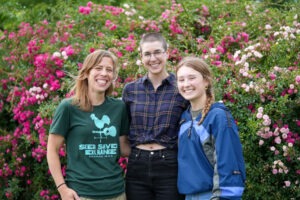
Welcoming the occasional surprise is second only to the annual reminder that most everything in the garden is, at some point, a flower: “By high summer, basil is a flower and lettuce is a flower. Squash and beans are full of blossoms.” It’s a lasting lesson, she says, and one that plants can help us remember: If you want to be surrounded by flowers and beauty, plant something and help it grow. Consider all you think you know or expect, then look again with open eyes. Look for what is missing, what change might be needed, and let the plants and seeds tell you what comes next.
—Kristine Kopperud
Hope and Practice
To celebrate Seed Savers Exchange's 50th anniversary, we are featuring the work and inspiration of Exchange listers in the "Hope and Practice" series.
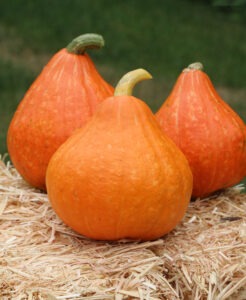
Its chestnut flavor makes this French squash a favorite for baking, roasting, and making soup.
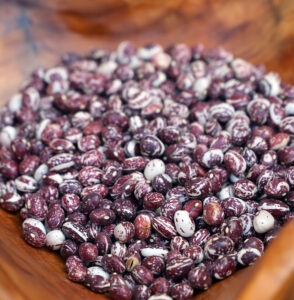
This productive variety boasts a rich, meaty flavor ideal for soups.
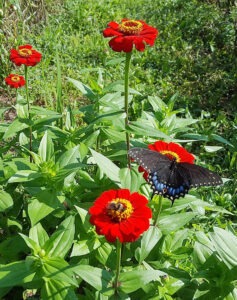
Stunning single and double red blossoms grow to 3-4 inches and attract pollinators aplenty.